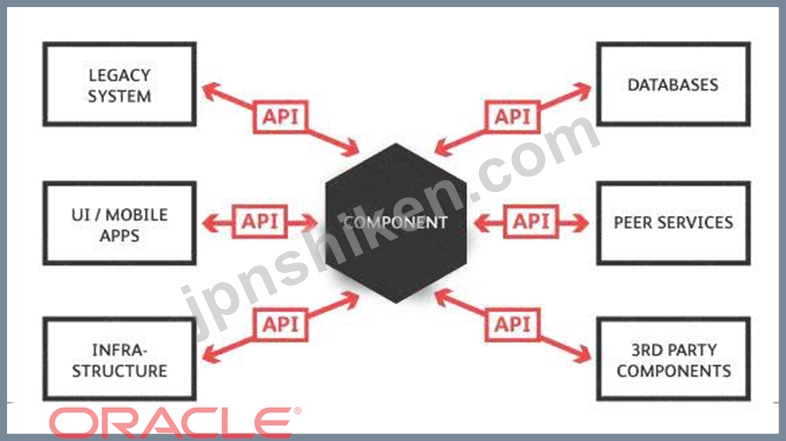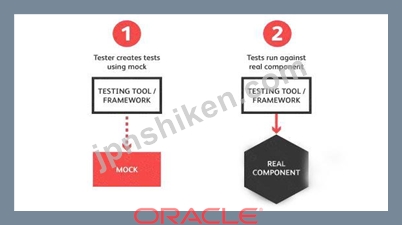Explanation
Best Practices: API Mocking:
This is where mocking comes in: instead of developing code with actual external dependencies in place, a mock of those dependencies is created and used instead. Depending on your development needs this mock is made "intelligent" enough to allow you to make the calls you need and get similar results back as you would from the actual component, thus enabling development to move forward without being hindered by eventual unavailability of external systems you depend on The most common term for creating simulated components is mocking, but others are also used, and partly apply to different things; stubbing, simulation, and virtualization. The basic concept is the same - instead of using an actual software component (an API in our case) - a "replacement" version of that API is created and used instead. It behaves as the original API, but lacks many of the functional and non-functional characteristics of the original component. Which term is applicable depends on the degree to which the mock-up corresponds to the actual API:
Stubbing: mostly a placeholder without real functionality
Mocking: basic functionality required for a specific testing or development purpose Simulation: complete functionality for testing or development purposes Virtualization: imulation that is deployed into an operational, manageable and controllable environment


References:
https://docs.oracle.com/en/solutions/build-governance-app-oracle-paas/test-custom-apis.html
https://www.soapui.org/learn/mocking/what-is-api-mocking/